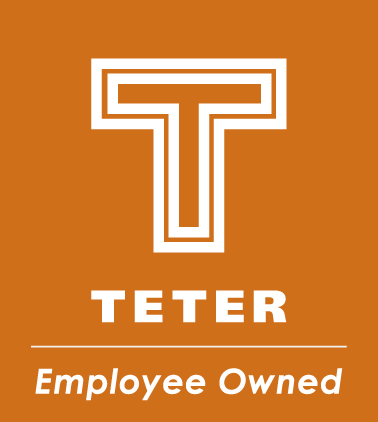Delegation Process
Originally printed in the Zweig Letter on March 9, 2023 by Megan Chang

Delegating is one of the best ways for senior staff to train and transition responsibility to junior staff, but many leaders find it challenging. There’s a better way.
Delegating work is difficult for many, and leads to a unique frustration for people at all levels of an organization. Junior staff often want more responsibility and may need training before they are able to take over new tasks. Senior staff feel the pressure of having too much to do in too little time and often feel training someone else will take more time than they have to offer (and, more importantly, will take longer than if they just did it themselves). An article by Colonel Archer J. Lerch that was published in the January 29, 1942 issue of the Army and Navy Journal does much to lay out a path toward solving this conundrum, and was introduced to me as a young EIT. I have since come to use its precepts when training new EITs myself.
“The Doctrine of Completed Staff Work” can be used as an algorithm for how to study a problem and present a solution. The algorithm is simple: upon being given a problem, the receiver’s job is to study it and present a solution (or solutions) in such a form that all that remains to be done on the part of the assigner is to indicate their approval or disapproval of the completed action. In some instances, it may be appropriate to submit a rough draft, but the rough draft may not be a half-baked idea; it needs to be sound.
This algorithm forces a number of things to happen, the first of which is that senior staff must delegate a task/problem. When receiving the task/problem, the junior staff should ask questions to ensure they know what the senior staff wants, but after that, they are to work on the solution independently of the senior staff who delegated the work. Note I didn’t say they need to work in a silo, but that they should use their connections with other staff members (peers), reference materials, etc. to determine a solution. Once they’ve determined a solution, they should write up the solution in a complete manner. For the AEC industry, this will often take the form of a detailed, complete calculation packet, bulleted email, or a report. I have often found that in the process of putting together a complete solution, I ask myself more questions which may eventually lead me to a different solution. This is why coming up with a complete solution is important – it takes that mental energy and re-work off the plate of the senior staff when they review the solution.
And that, my friends, is where the magic happens. Any manager will tell you they covet those staff members they can entrust tasks to and know the work will get done with minimal (or no) further interruptions to their time on that particular matter. They will also have fewer qualms about handing over new or different tasks to the same individual, because they know that staff member is capable of coming up with a solution. As these steps get followed on more and more tasks, the senior staff will begin willingly delegating!
The magic also happens for the junior staff. Stopping yourself from asking hasty questions of your seniors helps you understand how to learn from other sources. Often, asking a peer for an example project, code section you should reference, or just reading up on a subject yourself will give you the boost you need to start the task. Starting is usually the hardest part. If you truly get stuck somewhere in the middle, senior staff will gladly look over your rough draft and ask specific questions to help you gather the necessary information to then complete the task. As these steps get followed on more and more tasks, the reputation of the junior staff grows and they will begin getting more tasks, new tasks, and likely tasks from other senior staff as well!


